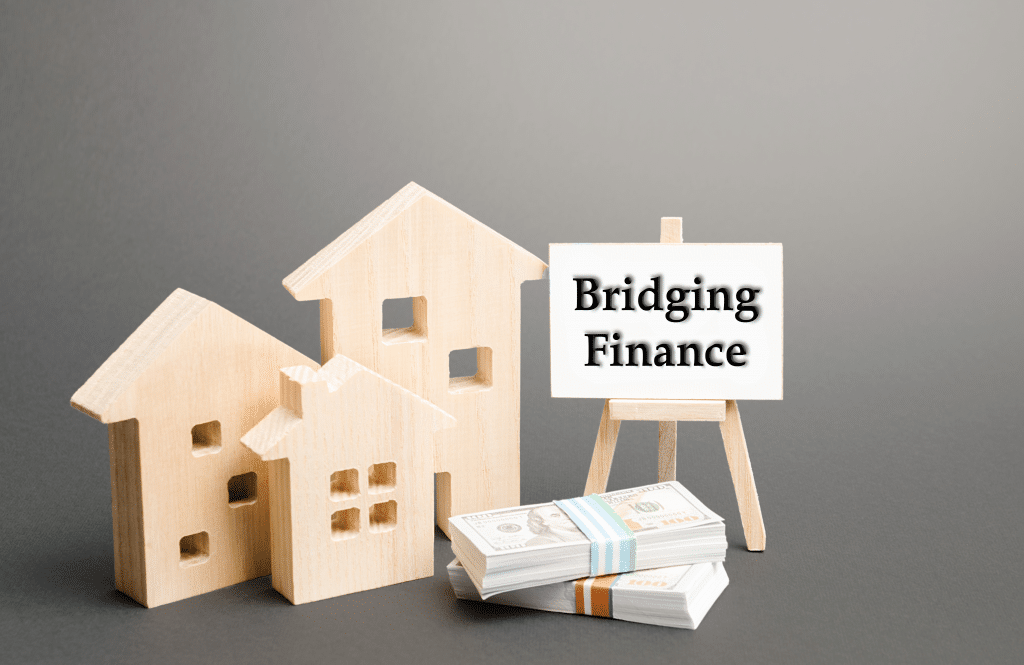Imagine that your dream home is up for sale and you can’t live without it.
The only problem is that your current home isn’t even on the market, never mind sold.
But don’t lose hope. Bridging finance can be the answer to your property aspirations, provided you meet certain criteria.
Bridging finance or a bridge loan is an interim lending arrangement prior to gaining approval for longer-term financing.
What to look for
As expected, due to its two to three-week loan duration, bridging finance is typically more expensive to obtain than traditional forms of financing. Bridging loans usually attract higher interest rates and other costs/risks involved that are amortised over a shorter timeframe.
These can include a lower loan-to-value ratio and potentially cross collateralisation.
For loan terms of up to 12 months, two to four points may be charged.
Bridging positives
Due to this perception of increased financial risk, bridging finance is generally easy to secure and quick to process.
Lower loan-to-value ratios also attract lower rates due to a decreased level of underwriting risk. But this could also result in front-end fees and valuation payments remaining fixed.
The purpose of bridging finance
A bridging loan provides the necessary funds in a new loan (usually at the lender’s standard variable rate) to pay for your new home as you wait for the current home to sell.
Like any loan application, it is important to provide the lender with details of your credit history, including income, assets and liabilities, and investments.
But given the risk of having your property remaining unsold for some time, bridging finance requires the applicant to demonstrate some financial flexibility.
How it can work for you
First and foremost is having sufficient equity in your existing home (at least 20 per cent of the loan amount; eg. $100,000 of a $500,000 loan) and additional cash for purchase costs to prove you can leverage the second loan.
Just as important is the capacity to pay off two loans at the same time.
If one can fulfil these obligations, and you are prepared to risk buying before selling, bridging finance can be invaluable in bringing your property dreams a step closer to reality.
For further information, consult your mortgage lender, bank or financial advisor.

